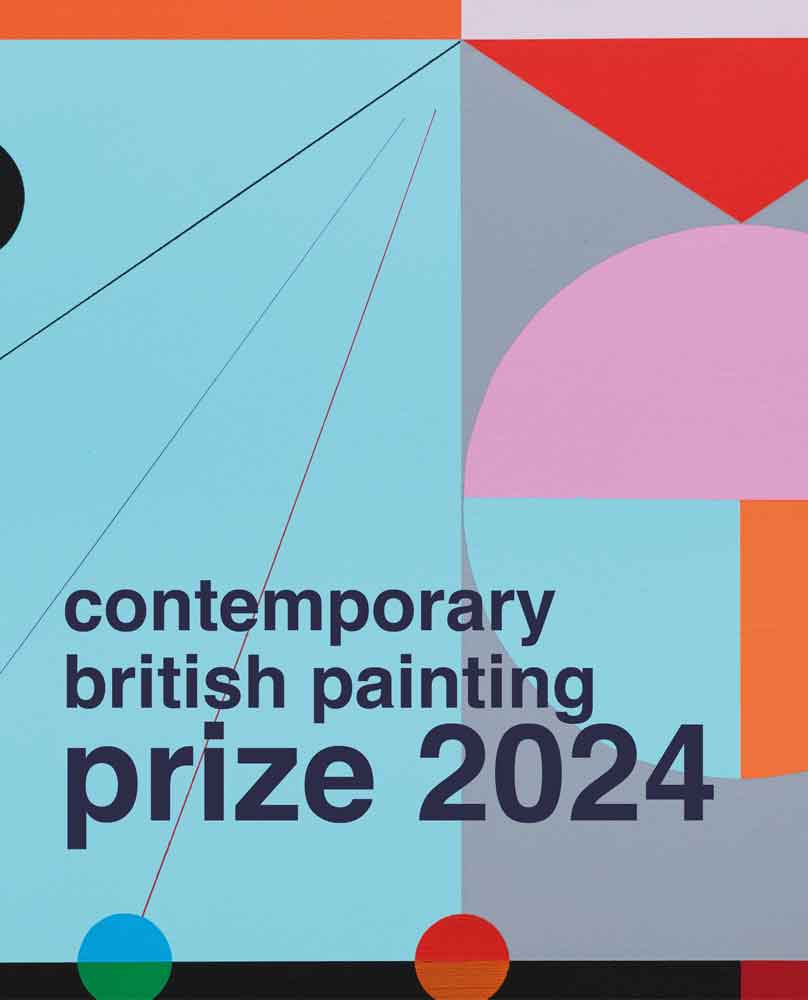Plausible Objects / Difficult Things
G.L. Brierley
The work has moved on from painting the thing as a possible object one could own which was rooted in the traditional still life genre. I then started to think about the objects being in pairs where the relationship dynamic bounced between the two. This allowed aspects of theatre to creep back in, viewer as audience, where the objects perhaps have more agency. The recent paintings from this year take the theatre theme even further and the ‘things’ exist in a contained environment, a scene that plays as much a part pictorially as the objects within.
Making the space is almost like taking the surface of skin that wraps around a single object and making the convexed concaved. It is still poured paint. I do this through illusion (usually lighting) not from the actual material. I like your thoughts that there could be an ambiguity between the two.
Sometimes the spaces can be empty of inhabitants, when they aren’t. I am making more directly human references albeit disassembled pieces (a leg or body part). Though these marks also just exist as luscious paint.
When I pour the paint onto the surface I work until a feeling of light, shadow and pattern come together to (usually accidently) make a space. The process involves balancing margins, organic and mechanical, recognisable and unrecognisable, animate and inanimate, skill and dumbness.
Thank you for the Eva Lajer-Burcharth reference . . . I downloaded her piece and immediately found resonances, especially with the work I have been doing the last few weeks, which is more about landscape. It has been a very productive time. The ‘Katabasis’ series really started at the end of last year and got underway when the pandemic began. I was thinking of the interiors of David Lynch and Kubrick’s hotel in The Shining as well as 1970s cinema foyers and the fantasy sets of the club, Studio 54.
I wanted a sense of fruitfulness in these paintings though their settings are all in an underworld. The three you have chosen each have a cascade (or emission) from a dark opening, life force or surge. This year when lockdown started, I had a dream that I was swimming in dark water in an internal space (with an ex-boyfriend actually, J). I had uninterrupted quiet time in the studio during this time. I happened to read Iris Murdoch’s The Philosopher’s Pupil which is set in the fictitious spa town of Ennistone. Throughout the novel the characters meet and mingle in the water of the baths and a young male embarks on a descent into the inner workings of the machinery for the pumps. I don’t know how much the pandemic influenced the paintings, part of me thinks I would have made them anyway. I hope they speak of light as well as dark, the water of Acheron or Styx can also be cleansing or healing.
On the emerging of things . . . Enticing a thing/non-thing from the alchemical soup of a perceived shadowy space is at the heart of a deep psychological wrestling. I am caught between allowing it to appear unbidden so it generates a fascination for me therefore separate from me. Then having to pull it back so that it is in the realms of my intention and not just the happenstance of the figure in the stain on the floor. Control verses accident. I need the viewer to fill in the gaps so I play with the question of how far can you push pareidolia before it becomes meaningless.
© G.L. Brierley and Frances Woodley
Image 1. G.L. Brierley, Katabasis 2, 2020, oil on wood, 50×40 cm. Photo the artist. © the artist.
Image 2. G.L. Brierley, Katabasis 3, 2020, oil on wood, 50×40 cm. Photo the artist. © the artist.
Image 3. G.L. Brierley, Katabasis 5, 2020, oil on wood, 50×40 cm. Photo the artist. © the artist.





